Sapa, nestled in the stunning Hoang Lien Son mountain range, is a hidden gem in the Northwestern region of Vietnam. This charming town, approximately 350 kilometers northwest of Hanoi, offers a unique and unforgettable travel experience. Sapa is renowned not only for its breathtaking natural beauty but also for its rich cultural heritage and vibrant ethnic minority communities. In this comprehensive guide, Palm Vietnam Travel will take you through everything you need to know about Sapa, from its fascinating history and attractions to practical information for your visit.
The Fascinating History of Sapa
Sapa’s history dates back centuries, with the town originally inhabited by the Hmong, Dao, Tay, Giay, and Xa Pho ethnic groups. These indigenous communities have shaped the cultural landscape of the region and continue to maintain their unique traditions and customs.
However, it was not until the arrival of the French in the 19th century that Sapa gained recognition and was included on the national map. The French military and missionaries recognized the strategic importance of Sapa’s location and established a presence in the area.
It was only in 1993 that Sapa opened its doors to tourists, allowing visitors to discover its hidden treasures.
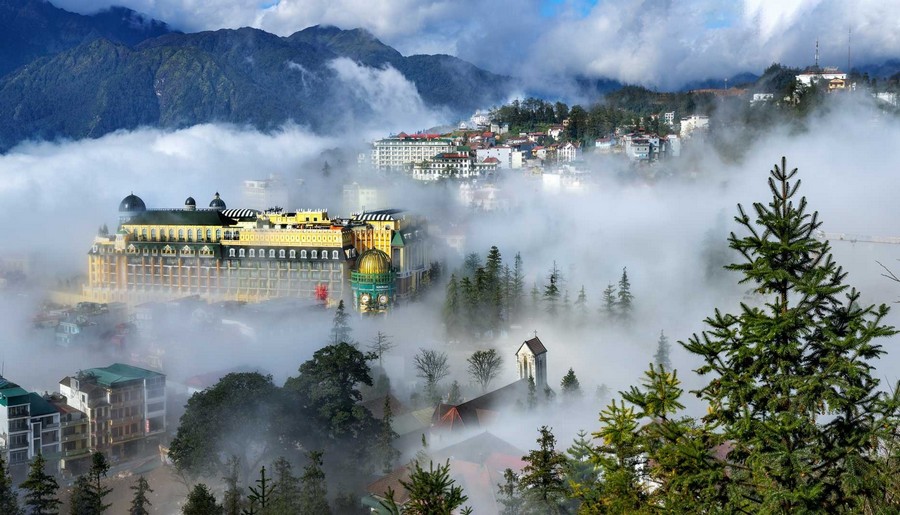
Sapa’s Natural Wonders: Fan Si Pan and Hoang Lien National Park
At the heart of Sapa’s natural wonders lies Fan Si Pan, the highest peak in Vietnam. Standing majestically at 3,143 meters above sea level, Fan Si Pan offers breathtaking panoramic views of the surrounding mountains and valleys.
While the trek to the summit is challenging, it is a rewarding experience for adventure enthusiasts. The Hoang Lien National Park, where Fan Si Pan is located, is a haven for nature lovers.
This picturesque park is home to diverse flora and fauna, including endangered species that can only be found in this region. Exploring the park’s trails and forests allows visitors to connect with nature and appreciate the beauty of the Vietnamese wilderness.
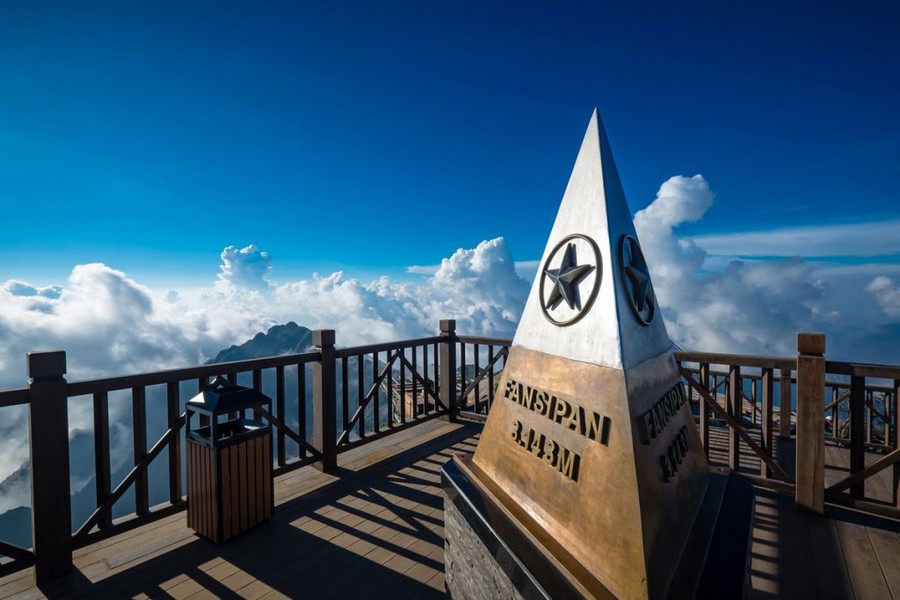
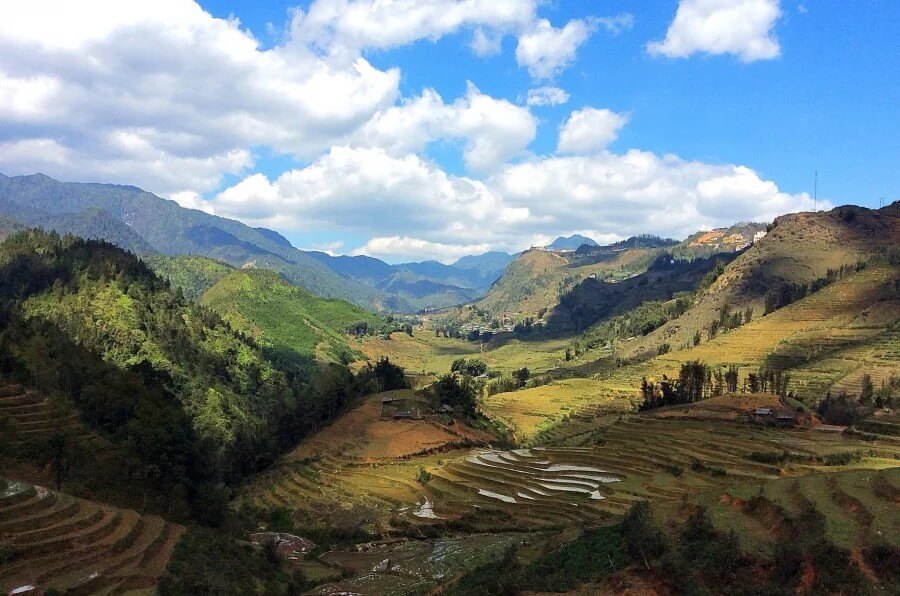
Immerse Yourself in Sapa’s Cultural Tapestry
Sapa is renowned for its vibrant ethnic minority communities, each with its own distinct culture and traditions. The Hmong, Dao, Tay, Giay, and Xa Pho people have preserved their heritage through generations, offering visitors a glimpse into their way of life.
Take the opportunity to interact with the locals, learn about their handicrafts, and witness traditional festivals and ceremonies. The Cat Cat Village and Ta Phin Village are excellent places to immerse yourself in the daily lives of the ethnic communities.
Explore the villages, engage with the friendly locals, and gain a deeper understanding of their rich cultural tapestry.
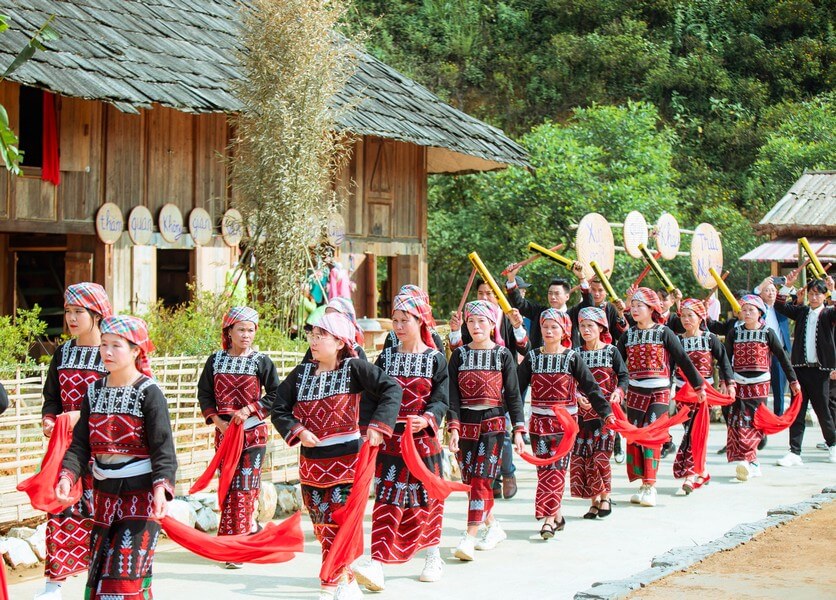
Unveiling Sapa’s Hidden Attractions
Sapa is not just about its natural beauty and cultural heritage; it also boasts a range of hidden attractions that are waiting to be discovered.
Silver Waterfall: A Natural Marvel
Located just 6 kilometers from Sapa, the Silver Waterfall is a mesmerizing sight to behold. Plummeting from a height of 200 meters, the cascading waters create a symphony of sound and a visual spectacle. A visit to the Silver Waterfall offers an opportunity to connect with nature and witness the power and beauty of this natural wonder.

Sapa Ancient Stone Area: A Glimpse into the Past
Deep within the Muong Hoa Valley, the Sapa Ancient Stone Area holds secrets from ancient times. Carved by the hands of long-gone inhabitants, the stone carvings depict enigmatic figures that continue to puzzle archaeologists to this day. Designated as a National Monument, this site offers a captivating journey into the region’s history and the mysteries of its past.
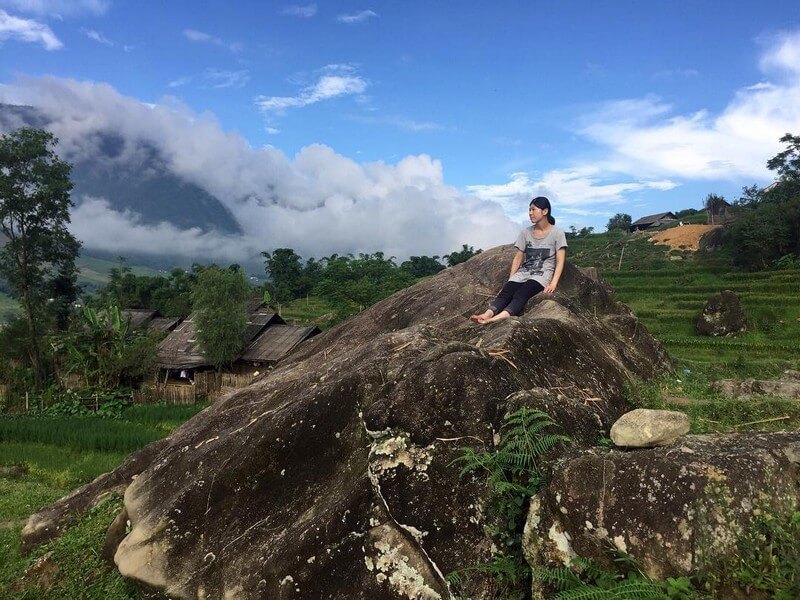
Ham Rong Mountain: A Natural Oasis
Located in the heart of Sapa town, Ham Rong Mountain is a tranquil oasis amidst the bustling streets. This beautifully landscaped garden features walking paths and scenic viewpoints that offer panoramic vistas of the surrounding countryside. A visit to Ham Rong Mountain is a chance to escape the urban chaos and immerse yourself in the serenity of nature.
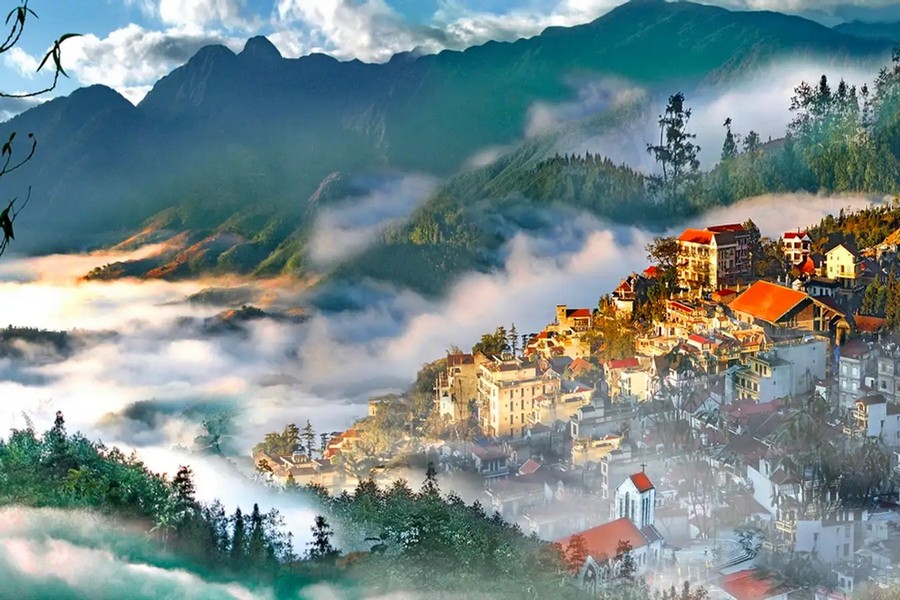
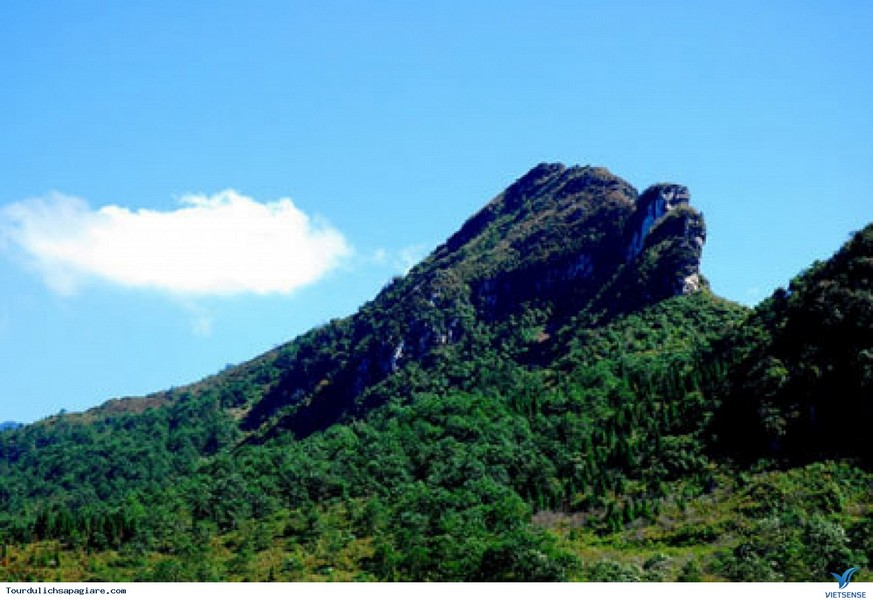
Indulge Your Taste Buds in Sapa’s Culinary Scene
Sapa’s culinary scene is a delightful fusion of traditional Vietnamese flavors and unique local dishes. Embark on a culinary adventure and discover the diverse flavors of the region. Cau May Street is the epicenter of Sapa’s dining scene, where you can find a variety of restaurants and cafes.
Delta Restaurant and Gerbera Restaurant are popular choices, offering both traditional Vietnamese cuisine and international dishes. For those with a sweet tooth, Baguette and Chocolate Café is a must-visit, serving delectable pastries and heavenly hot chocolate.
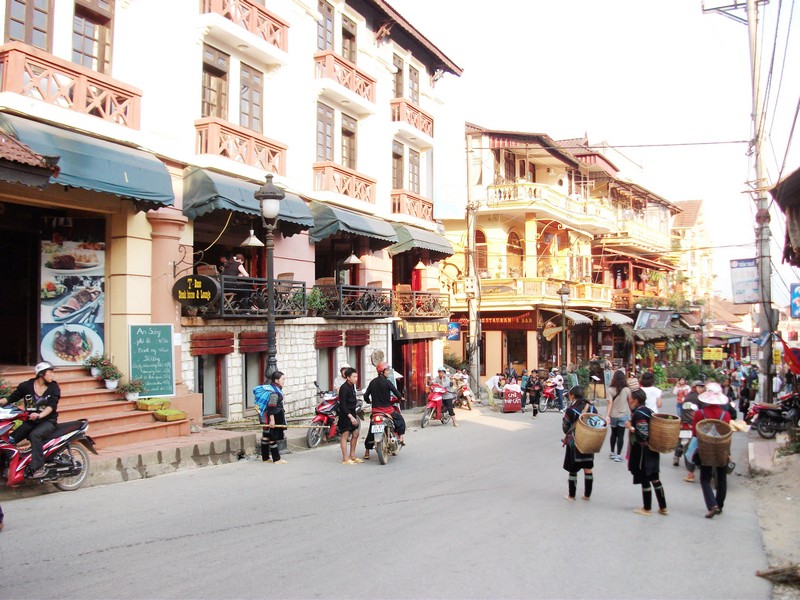
Experience the Authentic Sapa Market
No visit to Sapa is complete without exploring the vibrant local markets. The Saturday market, known for its “love market” tradition, is a fascinating cultural experience. Local tribes, including the Hmong and Dao, gather to trade goods and find potential partners.
Get lost in the bustling atmosphere, browse through handicrafts, and witness the vibrant colors of the market. For a more authentic shopping experience, the Bac Ha Market and Coc Ly Market offer a glimpse into the daily lives of the locals, where you can find a variety of traditional products and immerse yourself in the local culture.
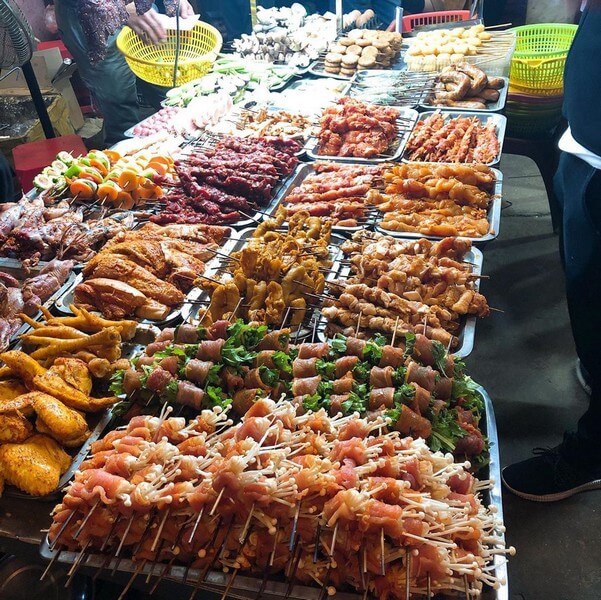
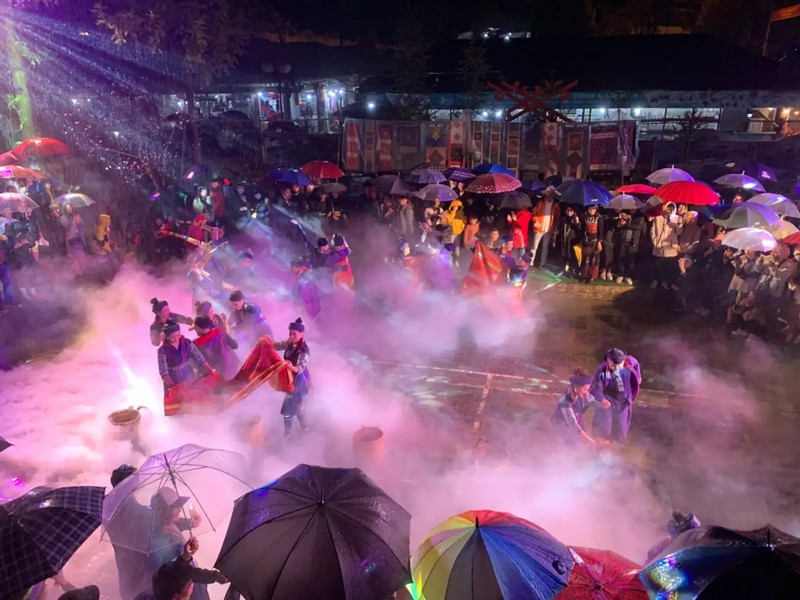
Trekking Adventures in Sapa
Sapa is a paradise for trekking enthusiasts, with its picturesque landscapes and diverse trails. Lace up your hiking boots and embark on an unforgettable adventure through the mountains and valleys. Sapa offers a range of trekking options, from half-day walks to multi-day expeditions.
While it is possible to explore on your own, hiring a local guide will enrich your experience, as they can provide insights into the local culture and lead you to hidden gems off the beaten path. Some popular trekking routes include Cha Pa Garden, Auberge Hotel, Cat Cat View Hotel, and Mountain View Hotel.
Practical Information for Your Sapa Adventure
Getting to Sapa
Sapa is easily accessible from Hanoi, with several transportation options available. The most convenient way to reach Sapa is by overnight train from Hanoi to Lao Cai, followed by a short road transfer to Sapa town. Alternatively, you can choose to drive from Hanoi, although the journey takes approximately 10 hours. Once in Sapa, getting around is best done on foot, as the town is compact and easily navigable.
Best Time to Visit Sapa
The climate in Sapa varies throughout the year, offering different experiences for every season. The dry season, from January to June, is generally considered the best time to visit. March to May is particularly recommended, as the weather is pleasant and the landscapes are lush and vibrant.
January and February are the coldest months, with temperatures dropping near freezing and occasional fog. June to August is warmer, but rainfall is more frequent. To avoid crowds, visiting during weekdays is advisable.
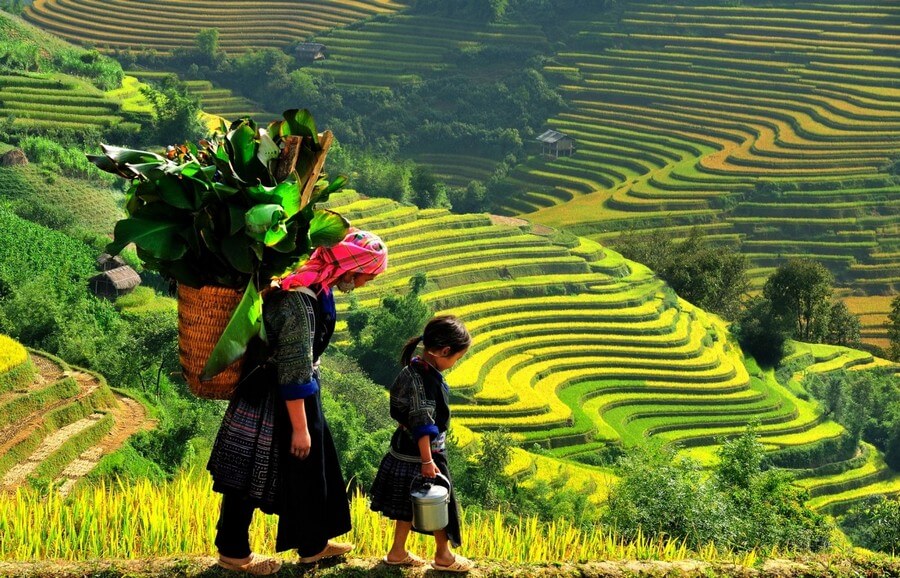
Essential Gear and Attire
When visiting Sapa, it is important to come prepared with the right gear and attire. Good trekking footwear is essential, as the terrain can be challenging and slippery. It is recommended to bring layers of clothing, as the weather can be unpredictable, especially during the colder months. A rain jacket, hat, and sunscreen are also recommended. Don’t forget to bring a reusable water bottle to stay hydrated during your adventures.
Unleash the Magic of Sapa
Sapa is a destination that captivates the imagination and leaves a lasting impression. From its awe-inspiring natural landscapes to its vibrant cultural heritage, Sapa offers a truly unique and unforgettable travel experience. Immerse yourself in the beauty of this hidden gem, explore its hidden attractions, indulge in its culinary delights, and embark on thrilling trekking adventures. Discover the magic of Sapa and create memories that will last a lifetime.
